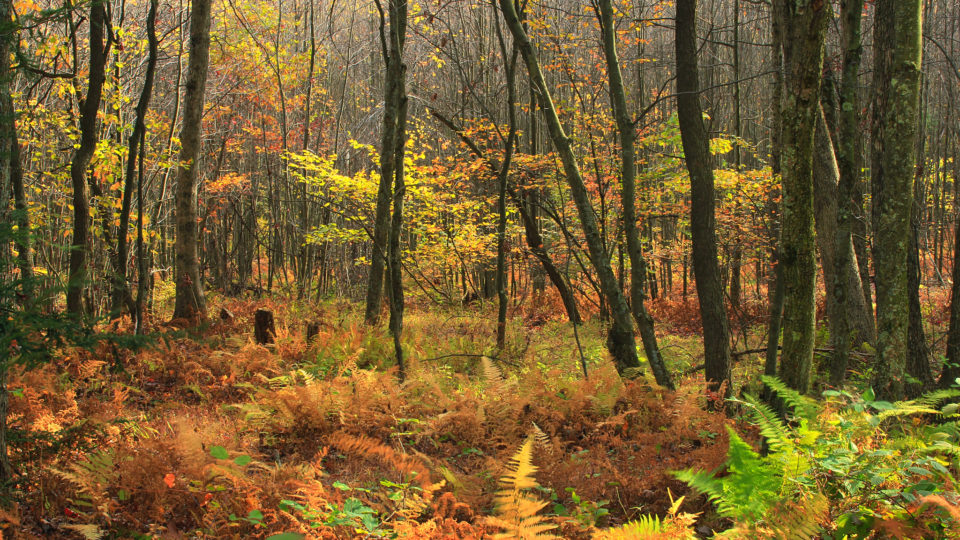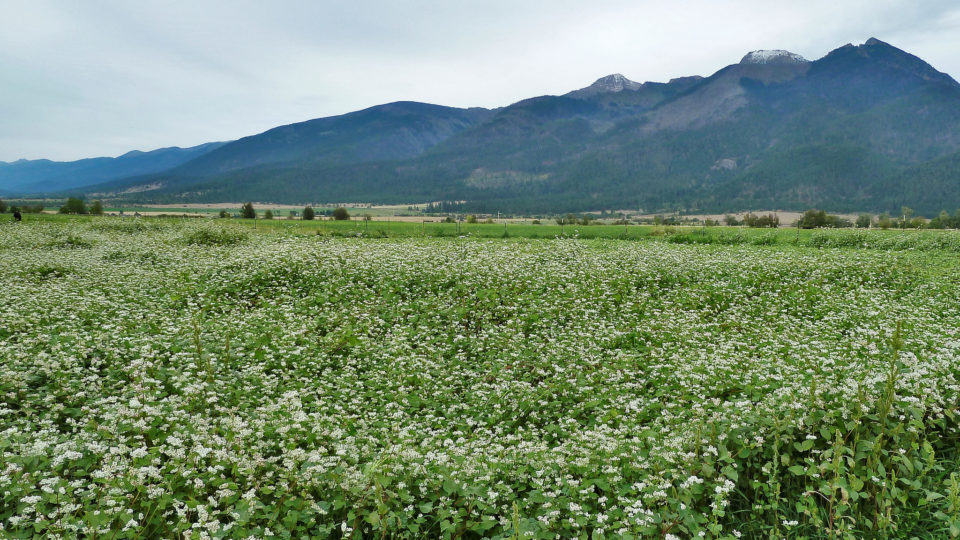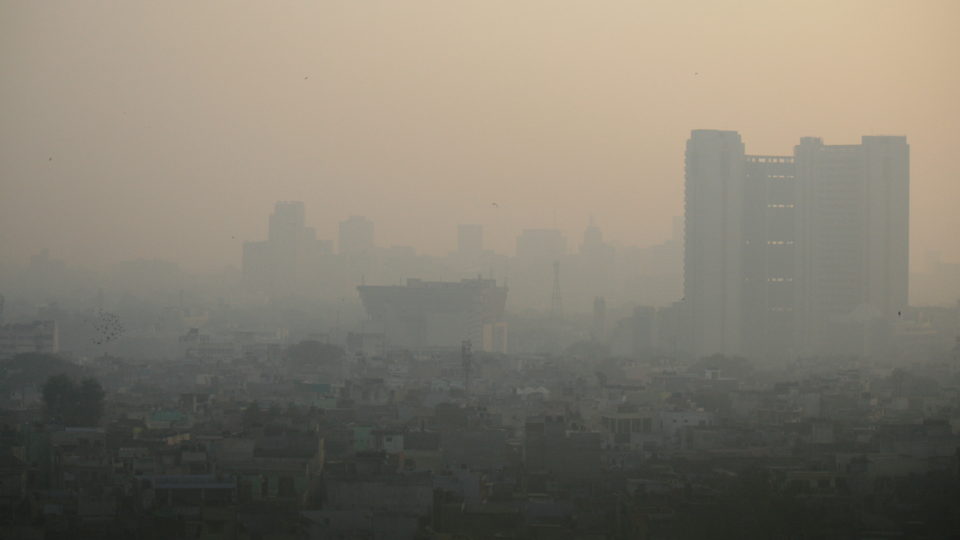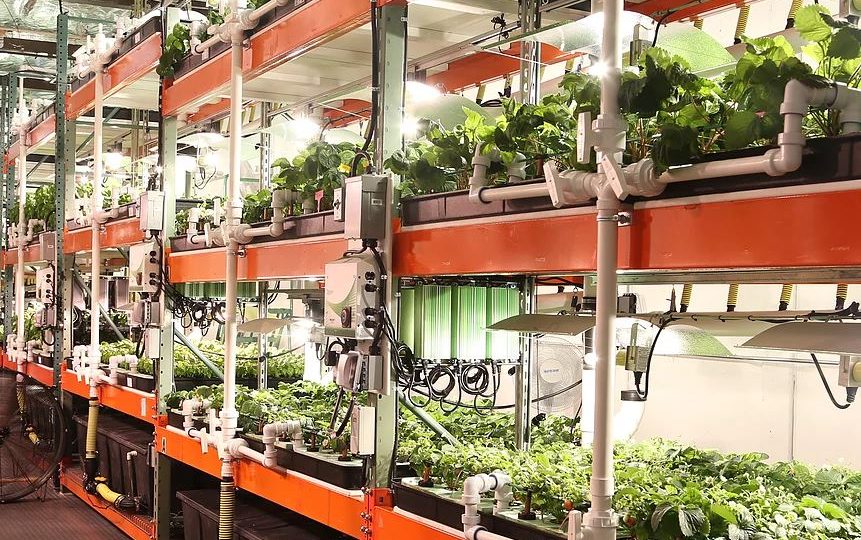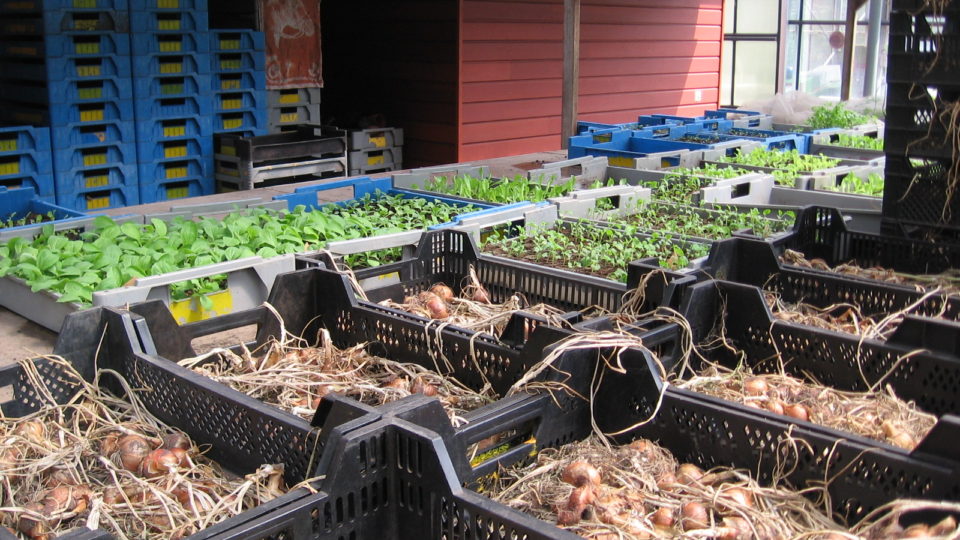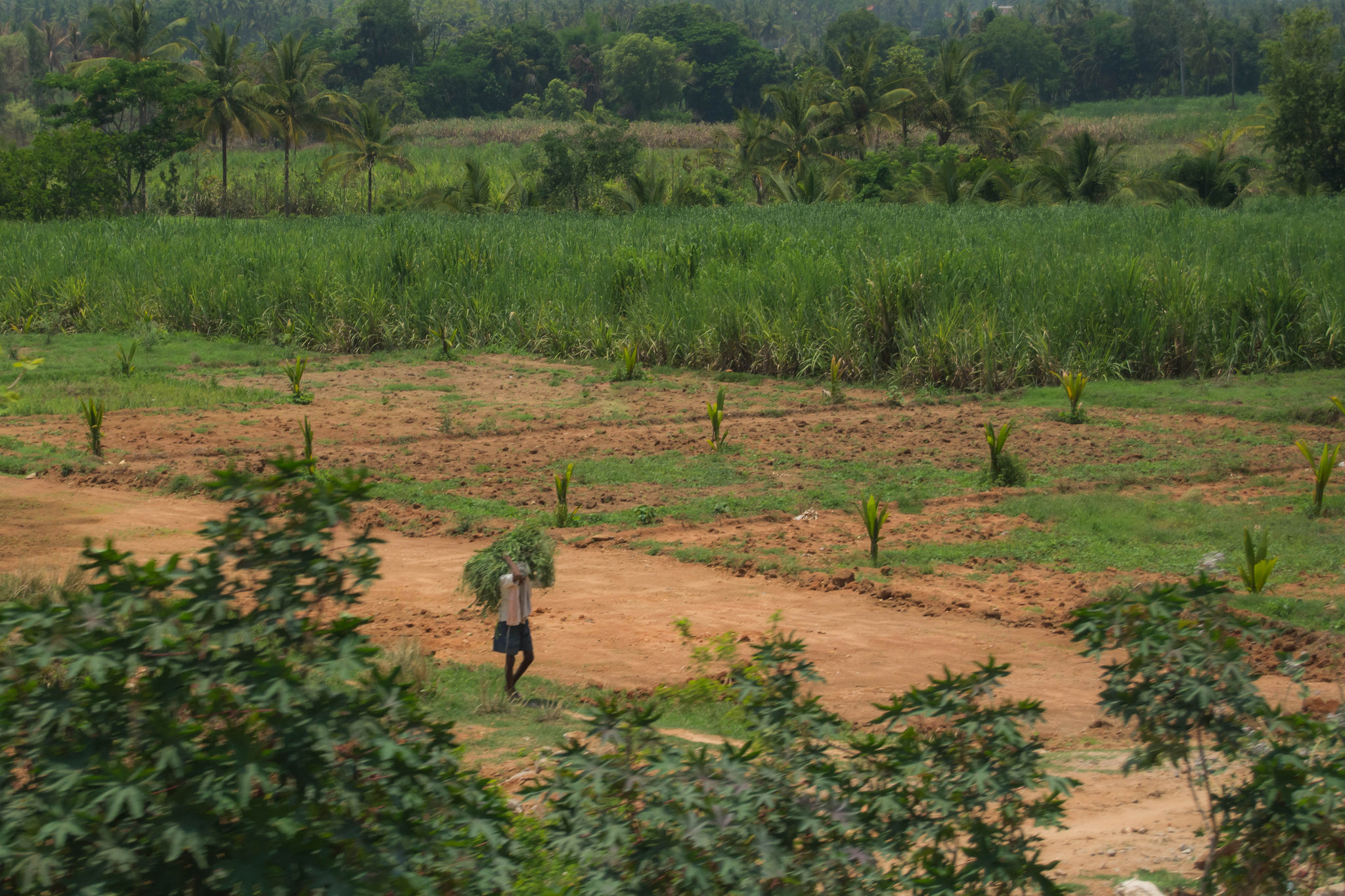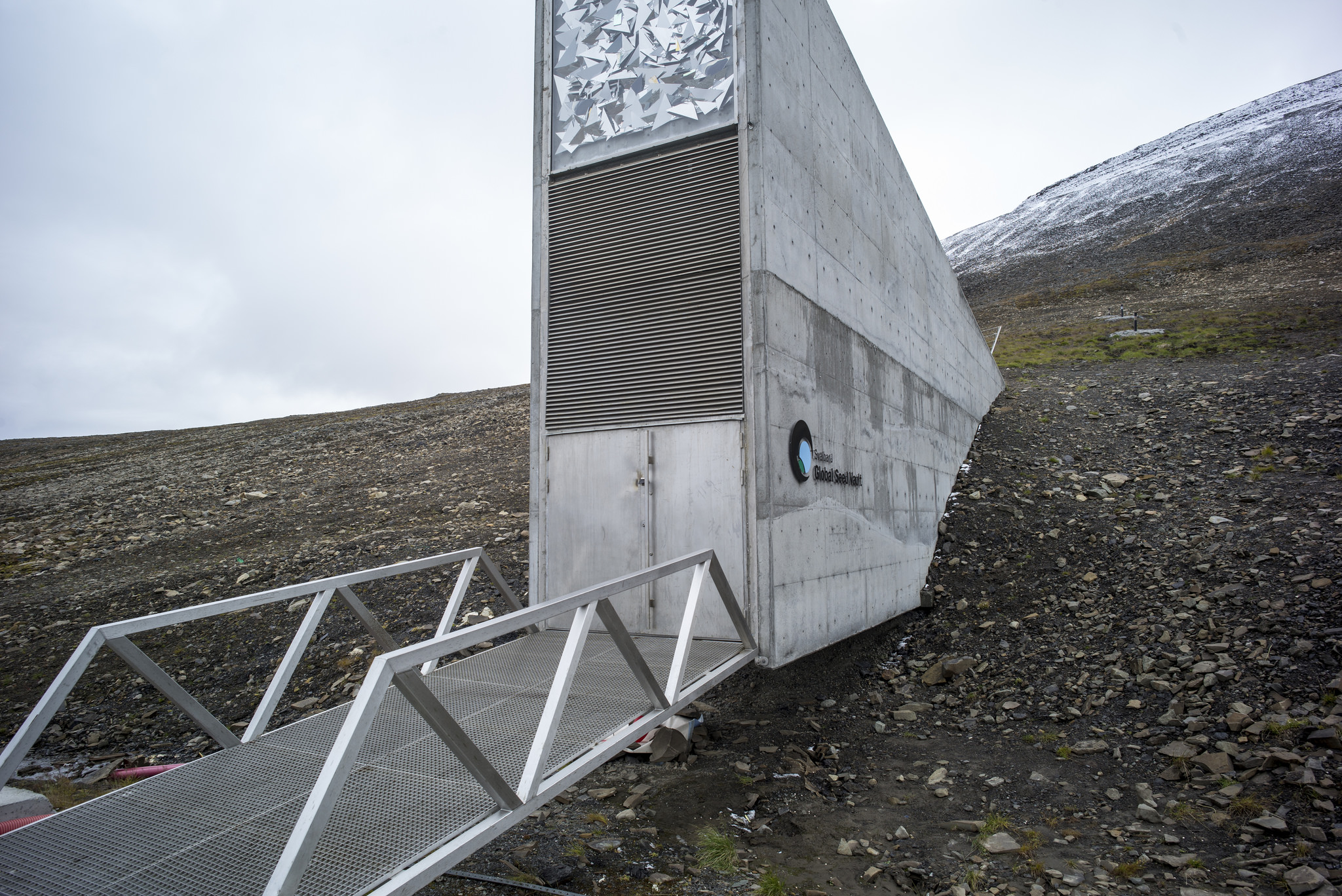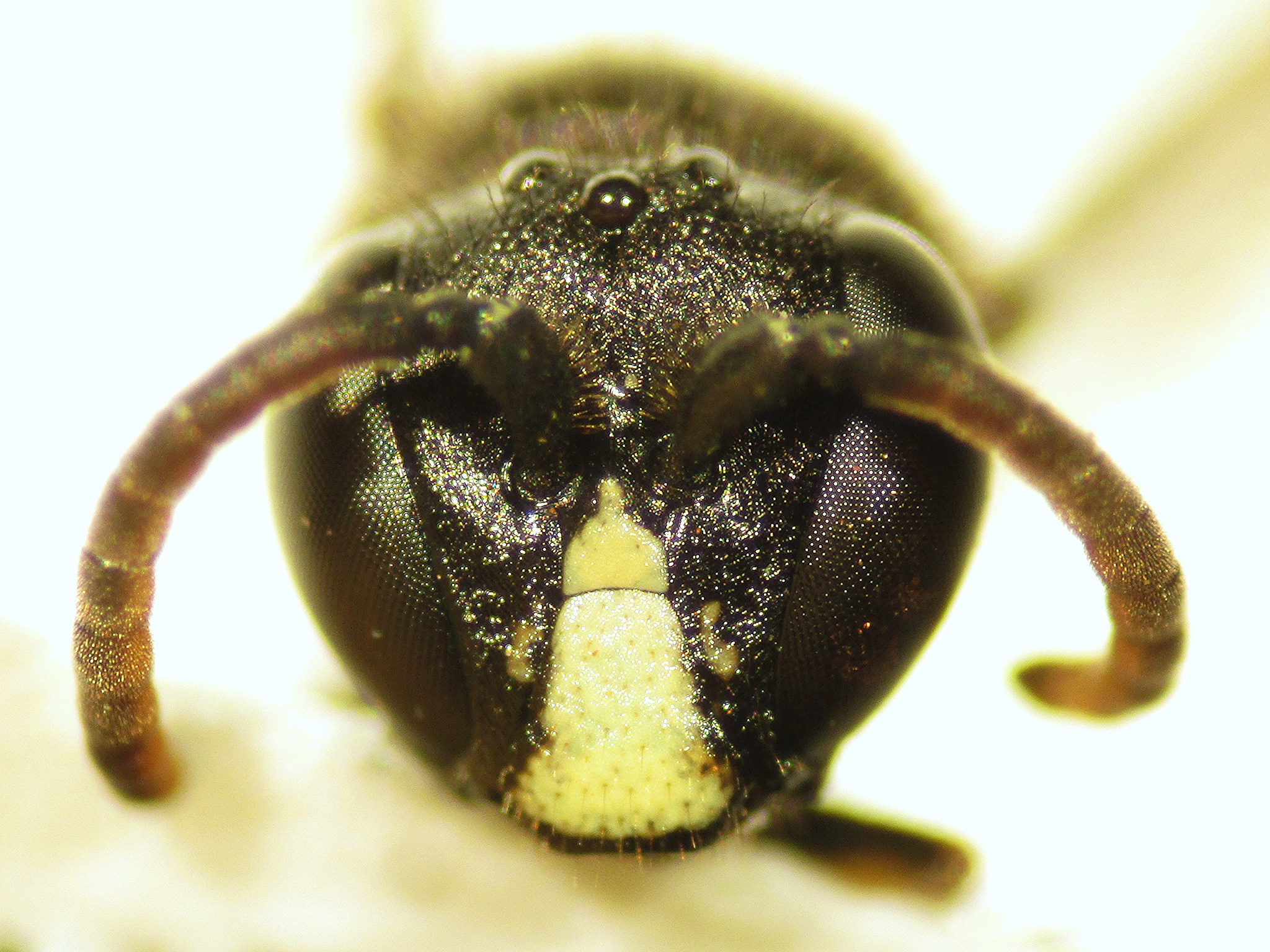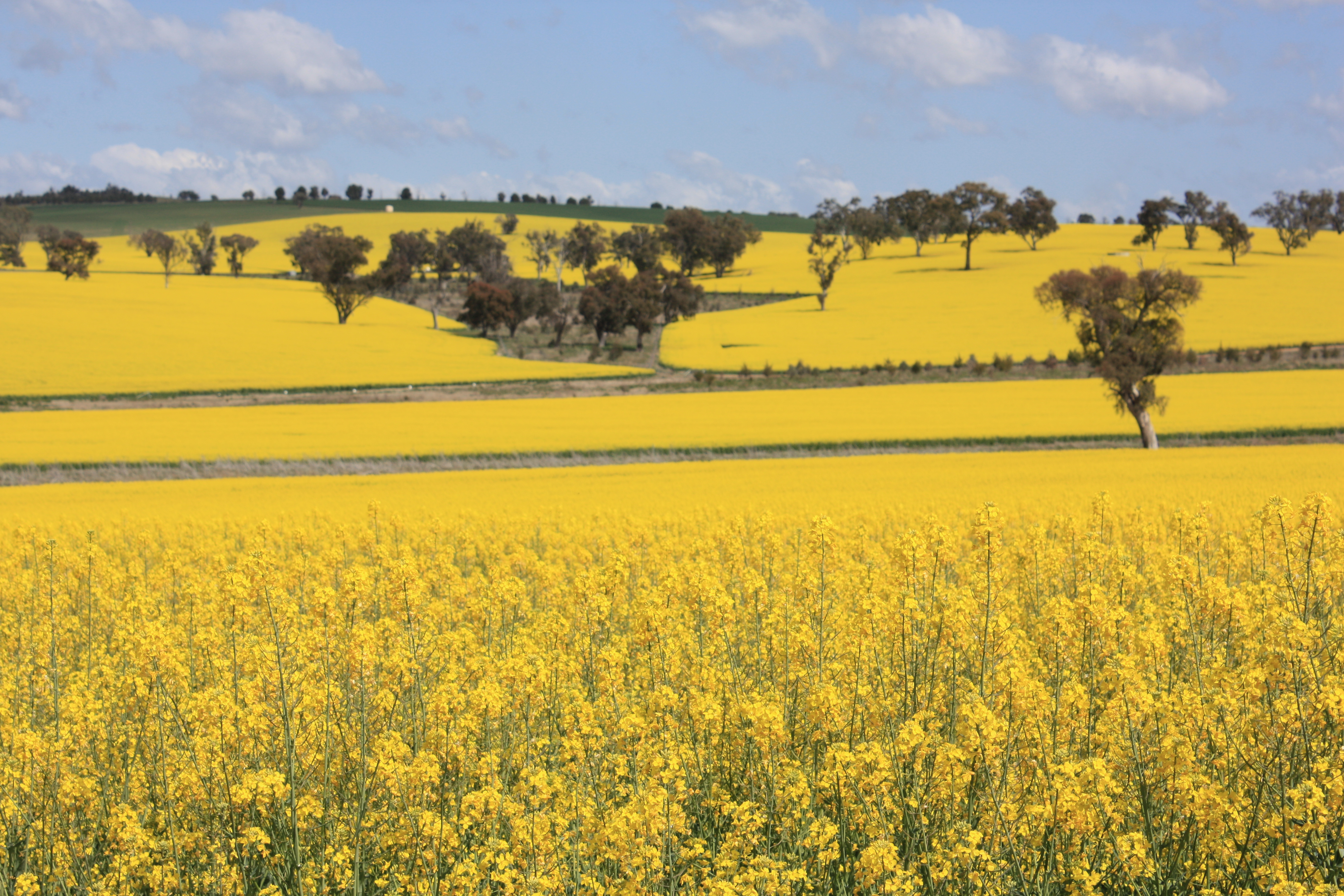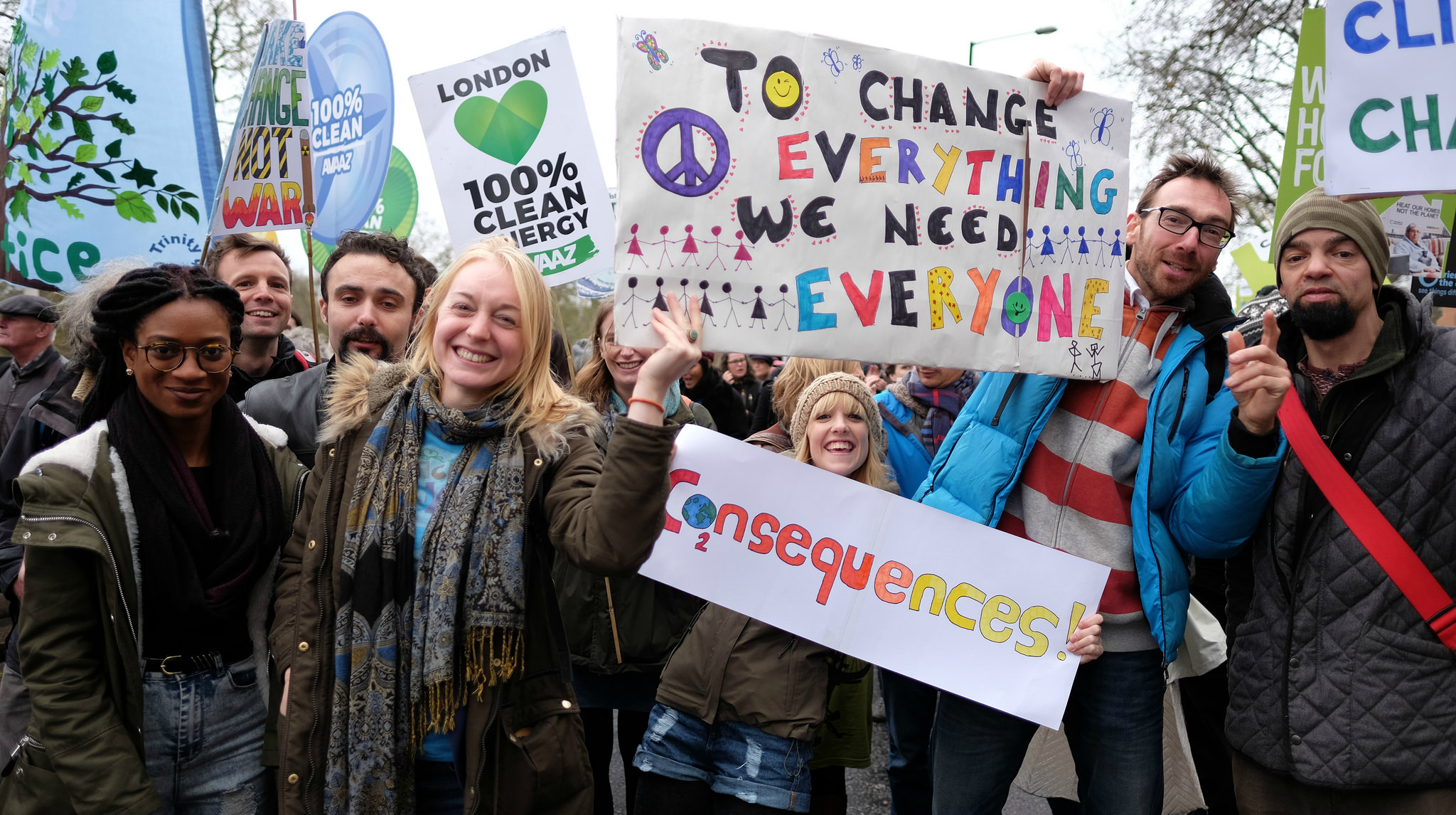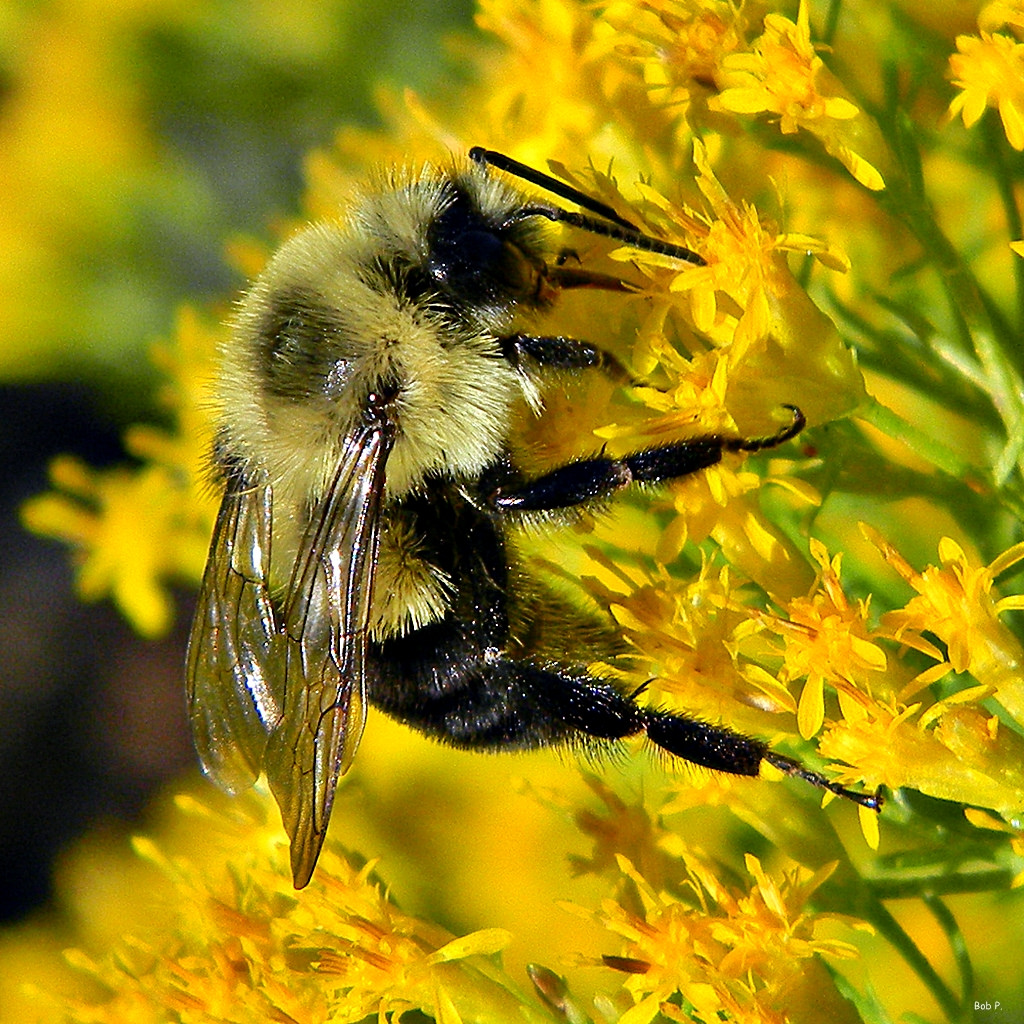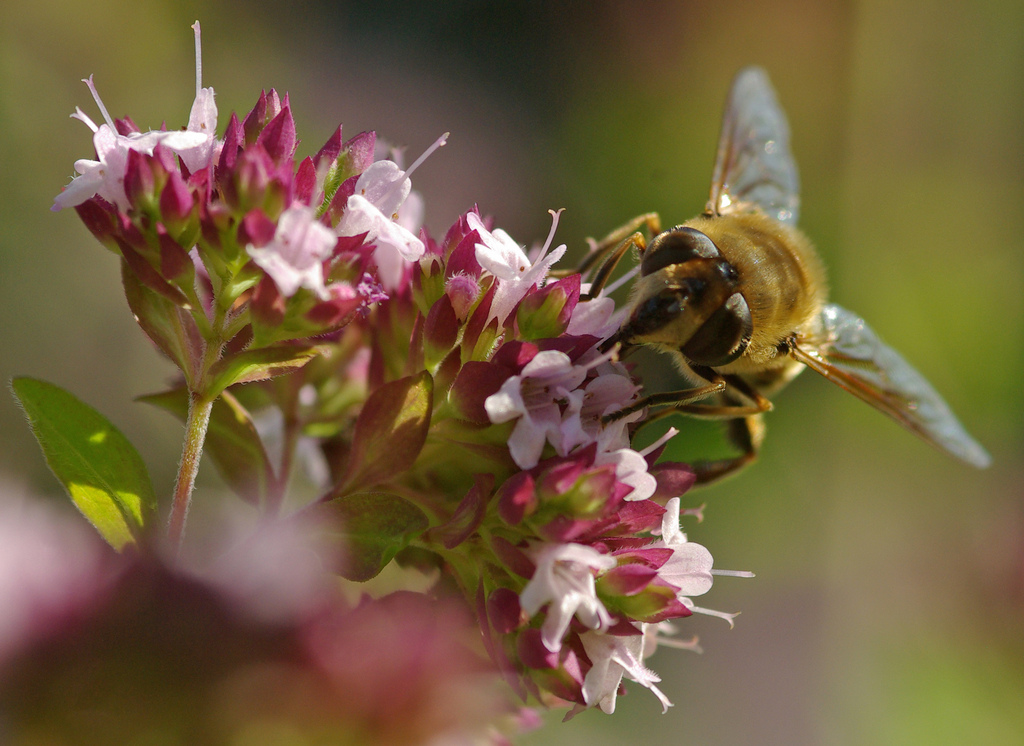crops
Small Grains In Corn Country
Large portions of the Midwest are called the Corn Belt and for good reason. Overall, about 90 million acres or 140,000 square miles of the United States are planted with corn and about half of that is in Iowa, Illinois, Nebraska and Minnesota. In most of the Corn Belt, the corn is planted in rotation with soybeans. Both are warm weather crops and the soil is left barren for nearly half of the year when the two crops are out of season.
The Delhi Air Pollution Crisis
Delhi, the capital city of India, has always been a city bursting at the seams. With over 19 million people, heavy industry, growing numbers of vehicles, and choking amounts of road dust, Delhi suffers from some of the worst air pollution in the world. It is a situation the country has been struggling with for years.
A Solar-Powered Vertical Farm
Vertical farming is a method for producing crops in vertically stacked layers or surfaces typically in a skyscraper, used warehouse, or shipping container. Modern vertical farming uses indoor farming techniques and controlled-environment agriculture technology.
The Tiny Country That Feeds The World
The Netherlands is a small, densely populated country with more than 1,300 inhabitants per square mile. It lacks almost every resource one associates with large-scale agriculture. Nevertheless, it is the number two exporter of food in the world, second only to the United States, which is almost 300 times bigger. The Dutch lead the world in exporting tomatoes, potatoes and onions and produce many other crops as well.
Raw Wastewater On Farms
Clean water supplies are dwindling around the world. As a result, the use of untreated wastewater on farms for crop irrigation is on the rise.
Sustainable Ethanol
Most gas stations in the U.S. sell a blend of 90% gasoline and 10% ethanol. Mandated by legislation, the 14 billion gallons of ethanol consumed annually by American drivers is mostly made from fermented corn. Producing this ethanol requires millions of acres of farmland.
Pesticides And Food Insecurity
A newly released report by the United Nations takes a strong stance against the use of industrial agrochemicals, saying that they are not necessary for feeding the world. The continued use of pesticides at the rate the world currently does in fact can have very detrimental consequences.
The Doomsday Seed Vault
The Svalbard Global Seed Vault, tucked away on a Norwegian island far above the Arctic Circle, is often described as humanity’s last hope against extinction after some global crisis and is popularly known as the “Doomsday Vault.” Although its mission is to keep the world’s seeds safe, it wasn’t actually created to reseed the planet after a world-wide catastrophe.
Saving Bees With Software
The worldwide decline in the population of bees and other pollinators has impelled farmers to do what they can to encourage and nurture bees on their land. Protecting bees is important because pollinators are essential for growing many foods including coffee, cacao, almonds and many other fruits and vegetables.
Wind Farms And Ordinary Farms
Farmers in many places have found additional sources of income by allowing wind turbines to be built on their land. One example is the Amazon Wind Farm, which is a massive project of over 100 turbines near Elizabeth City, North Carolina. The 494-foot tall turbine towers scattered over 34 square miles are rising up above farms that grow corn, wheat and soybeans. It is the first utility-scale wind farm in the Southeast.
Help Save The Bees
Globally, 40% of invertebrate pollinator species, such as bees and butterflies, are facing extinction. And since approximately three-quarters of the world’s food crops depend on pollination, the decline of these pollinators could pose a threat to food security around the globe.
New Doubts About GMO Crops
Genetically modified crops have been at the center of a great deal of controversy for a number of years. There have been widespread fears that they are unsafe to eat. Continuing studies have indicated that those fears appear to be unsubstantiated.
Endangered Bees
It’s no secret that pollinators around the world are under threat. According to a U.N. sponsored report released earlier this year, 40% of invertebrate pollinator species, such as bees and butterflies, are facing extinction. And since approximately 75% of the world’s food crops depend on pollination, the decline of these pollinators poses a major threat to food worldwide.
The Debate Over GMOs
GMO crops have been the source of a great deal of controversy over the years. A major concern has been whether they potentially cause health issues for consumers, which is an understandable worry.
Carbon Counters
The Paris climate agreement last December resulted in commitments by 195 countries to reduce their carbon emissions. The countries around the world made specific pledges to reduce emissions in the form of “intended nationally determined contributions” or INDCs.
Wildflower Decline
For about a decade now, insect pollinator populations have been in decline. Their decline poses a significant threat to biodiversity, food production, and human health. In fact, at least 80% of the world’s crop species require pollination, and approximately one out of every three bites of food is a direct result of the work of these pollinators. In the United States alone, insect pollinators, such as bees, butterflies, certain wasps and flies (among many others), account for an estimated $15 billion in profits annually.
Wild Bee Loss Puts Crops At Risk
Between 2008 and 2013, the United States lost nearly a quarter of its wild bees. Some 39% of our nation’s croplands rely on pollinators. Important farming regions – from California’s Central Valley to the Midwest’s Corn Belt – are among the areas grappling with wild bee declines.
Climate Change And The Global Food System
One of the most troubling aspects of global climate change is its potential impact on the production, distribution and quality of food. A report issued at the 2015 Paris Climate Conference focused on identifying climate change impacts on global food security. Food security is the ability of people to obtain and use sufficient amounts of safe and nutritious food. Even without the impact of climate change, food security is a challenge because of increasing population, poverty, and changing eating habits.
[Read more…] about Climate Change And The Global Food System
